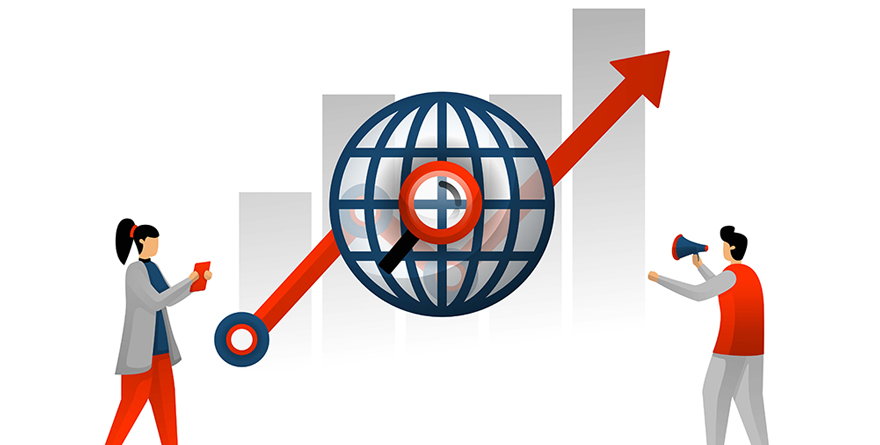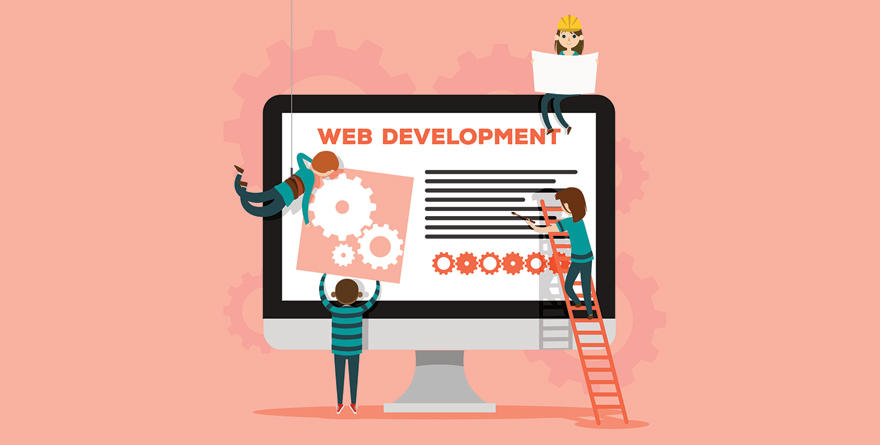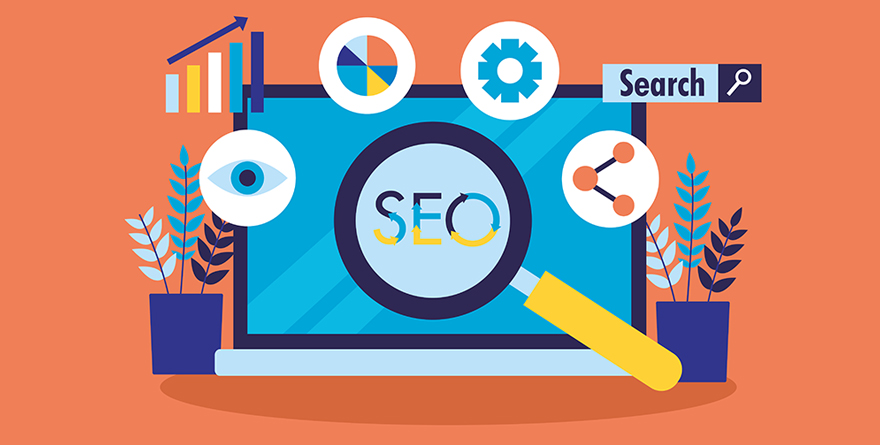How To Create A Multilingual Website On WordPress
The internet connects businesses to people all over the world. But there’s a catch—language barriers! If your website only speaks one language, you’re missing out on potential customers. That’s where a WordPress site multilingual setup comes in. A website with multiple language options can help you reach a wider audience, improve user experience, and increase sales. Plus, when done right, it can also help improve SEO and make your site more visible on search engines.
A multilingual website is especially beneficial if your business operates internationally or targets non-English-speaking markets. Many customers prefer shopping, reading, and interacting in their native language. If your website doesn’t provide that option, they might go to a competitor that does.
So, how do you create a multilingual website on WordPress? Let’s break it down step by step.
Step 1: Choose Your Languages
Before you start, decide which languages you need. Instead of adding every possible language, focus on the ones your target customers speak.
For example, if you’re expanding to Canada, you might consider French since it’s widely spoken. But do you also need Mandarin or Punjabi? That depends on your audience. Research your market before making a decision.
Look at your website analytics to see where your visitors are coming from. Are you getting traffic from Spain? Then Spanish might be a good addition. If your ecommerce store is getting many visitors from Germany, you may want to consider German. Selecting the right languages ensures that you invest your time and resources wisely.
Step 2: Pick a Domain Strategy
You need to decide how to structure your multilingual site. Here are three common ways:
- Separate Domains: (example.ca, example.fr) – Best if you want to target specific countries, but expensive and harder to manage.
Having separate domains for each language means you’re creating a completely new website for each market. While this provides a localized experience, it requires extra resources to manage each site separately, including search engine optimization efforts for every domain. - Subdomains: (fr.example.com, es.example.com) – Easier than separate domains but still treated as separate sites by Google.
This method allows you to create different language versions of your site while keeping them connected under one main domain. However, since Google treats subdomains as separate sites, your SEO efforts won’t be fully shared across them. - Subdirectories (Best Option for SEO): (example.com/fr/, example.com/es/) – The best option for most businesses because it keeps all language versions under the same website, helping search engine optimization (SEO).
By using subdirectories, all your pages remain under the same domain, making it easier to manage SEO rankings and gain authority for your website. Many big brands, including Apple and Notion, use this method for their multilingual websites.
Step 3: Choose the Right WordPress Setup
WordPress makes it easy to create a multilingual website using one of these two methods:
1. WordPress Multisite
WordPress Multisite lets you create multiple versions of your site under one WordPress installation. It’s a great solution if you want separate versions for each language with independent settings and customizations.
Pros:
- Allows full control over each language version.
- Ideal for large websites with multiple country-specific needs.
Cons:
- More complex to set up.
- Requires more management effort.
2. Multilingual Plugins (Best for Most Users)
Most businesses prefer using plugins to add multilingual functionality to their WordPress site. Some of the best plugins include:
- WPML – A premium plugin that offers extensive translation options and SEO tools.
- Polylang – A user-friendly option with free and paid versions.
- TranslatePress – Allows you to translate your site directly from the front-end.
These plugins help automate the translation process while giving you control over content accuracy.
Step 4: Translate Your Content
Now it’s time to translate your website. While automatic tools like Google Translate seem quick, they often miss cultural nuances and can sound unnatural.
To offer the best experience, hire a professional translator. This ensures that your content is accurate, natural, and appealing to your audience.
Why is professional translation important?
- Automatic translations can have errors that confuse visitors.
- A professional translator ensures the message is clear and culturally appropriate.
- It enhances user trust and makes your brand look more professional.
- If hiring a translator isn’t an option, use AI-assisted tools but have a native speaker review the content.
Step 5: Improve SEO for Your Multilingual Site
.
A multilingual website won’t be effective if people can’t find it. To improve SEO, follow these steps:
1. Do Keyword Research for Each Language
People in different regions may search for things differently. Use keyword research tools to find relevant search terms in each language. For example, “high-neck sweater” in English might translate to “pull à col montant” in French, but search behavior might vary.
2. Use Hreflang Tags
Hreflang tags tell Google which language a page is in, helping search engines show the right version to users. If your site has an English and Spanish version, the hreflang tag ensures Spanish users see the correct version.
3. Optimize Metadata for Each Language
Translate meta descriptions, image alt text, and URLs. Google rewards sites that provide a fully localized experience.
4. Focus on User Experience
A multilingual website should be easy to navigate. Offer a simple language switcher and ensure translated content is properly formatted.
With proper search engine optimization, your site will rank higher and attract more visitors.
Why a Multilingual Website is Worth It
Yes, setting up a WordPress site multilingual requires effort. But the benefits are huge:
1. Reach More Customers
People prefer browsing in their own language. By offering multiple languages, you expand your audience and attract international customers.
2. Better User Experience
A website in a visitor’s native language makes navigation easier and boosts engagement.
3. Higher Conversion Rates
76% of shoppers prefer buying from websites in their language. This increases trust and sales.
4. Competitive Advantage
Having a multilingual site sets you apart from competitors who only offer one language.
Partner with our Digital Marketing Agency
Ask Engage Coders to create a comprehensive and inclusive digital marketing plan that takes your business to new heights.
Contact Us
Conclusion
If you want to grow your business, it’s time to create a multilingual website. WordPress makes it simple with the right tools and strategy. Choose your languages, set up your domain structure, translate your content professionally, and don’t forget to improve SEO to reach a wider audience.
A multilingual website isn’t just a feature—it’s a business growth strategy. Start today and connect with the world!
Struggling to stand out online? Whether you need a stunning website, expert SEO, or powerful marketing strategies, our team delivers results that drive growth.
Contact us today for a free consultation!










